Spasmodic Tremor, M4.5 and M3.2 near Hilo and Mauna Kea, and Growing Pond in Halema'uma'u Crater8/17/2019 Well, the Big Island of Hawaii never ceases to amaze. Not only are the wildlife and plants abundant in diversity, but so are the volcanoes! Many different aspects of volcanic activity continue to take place under, and on, the Big Island of Hawaii. Spasmodic tremor continues sporadically, though rates seem to have dropped over the past several weeks. This does occur from time to time and magma continues to pour into the Mauna Loa summit, Kilauea summit, and Kilauea East Rift Zone reservoirs. There were also two earthquakes I will quickly mention in this post: a very strange M4.5 in Hilo Bay and a M3.2 under Mauna Kea. Also, if you haven't heard, a pond/lake is growing at the bottom of Halema'uma'u Crater inside of Kilauea Caldera. It is not a lava lake, but in fact a lake or pond of water. It was discovered on July 25, 2019 and was originally thought to be rain water. However, recent studies indicate that the pond is constantly growing and that recent rainfall has been minimal. Basically, it appears that groundwater is intruding into the crater, seeing that rainfall has been insufficient to create a constantly growing pond. Regardless, either groundwater or rainfall could be the cause. Either could be true, but the research done by HVO/USGS points more favorably toward groundwater. This could cause explosive eruptions in the near future if certain conditions have been met. And according to USGS/HVO, this type of situation has occurred at Kilauea before. Please click the title of this post or "read more" to continue... Mauna Loa is currently experiencing heightened volcanic unrest, including increasing seismicity and uplift. Therefore, the alert level has been raised to ADVISORY and the aviation color code has been raised to YELLOW. Please CLICK HERE to keep up to date with recent alert postings by USGS/HVO for Mauna Loa’s potential eruptive activity. Also, as seen in the picture above, a pond of water has been constantly growing at the bottom of Halema’uma’u crater inside of Kilauea Caldera. It was originally thought to be rainwater, but the fact that it is constantly growing with the lack of enough rain does point to the rising of the water table. This could spell trouble for Kilauea in the near future. To keep an eye on this growing pond, keep checking the Volcano Watch articles put out by HVO which can be found HERE. Also, you can keep an eye on it yourself if you monitor the webcam at Kilauea which can be found HERE. Also, if you wish to understand what volcanic spasmodic tremor is, and how it relates to ongoing volcanic unrest in Hawaii, please CLICK HERE. Spasmodic Tremor Spasmodic tremor has not been too prevalent as of late. However, we did see multiple small events and one large event between August 12 through August 14. I will show the usual seismic data and audio pertaining to these events. Afterward, I will quickly talk about the two recent and interesting earthquakes that struck near Hilo and Mauna Kea. Also, station WAID is a terrible station, but is one of the only short period channels in the location I need. Lots of weaker spasmodic tremor does not appear on there. So use primarily TRAD and KKUD to confirm is something is seismic, seeing those stations are many miles apart. Below are helicorder plots in slideshow format which show all of the spasmodic tremor I will talk about today. Some are hard to see, but can be easily seen on station TRAD. However, using the seismic plots I am about to show, you can clearly see the events on 3 out of 4 stations. Below I will show the usual seismogram, spectrogram, and spectra plots detailing the August 12-14, 2019 spasmodic tremor events. I will also include seismic audio from station PPLD which will allow you to hear all of the spasmodic tremor events. Regarding the seismic audio, it was obtained using the IRIS Time Series source. I suggest using headphones, but please be wary of loud volume just in case! All audio is always sped up to allow you to hear it better. Enjoy! Event #1 Event 1 occurred on August 12, 2019 at 12:45UTC. It was minor and lasted approximately 24 minutes. Event #2 Event 2 occurred on August 12, 2019 at 22:32UTC. It was barely noticeable and lasted approximately 22 minutes. Event #3 Event 3 occurred on August 13, 2019 at 00:22UTC and lasted approximately 24 minutes. Event #4 Event 4 occurred on August 14, 2019 at 09:27UTC. It was extremely minor and lasted approximately 27 minutes. Event #5 Event 5 occurred on August 14, 2019 at 09:58UTC. It was the largest event we have seen in a few weeks and lasted approximately 29 minutes. Two Recent Earthquakes In the past few weeks seismicity on the Big Island spikes and plummets periodically. However, we recently saw two very interesting earthquakes. The first was a M3.2 at 18.8km in depth under the ENE base of Mauna Kea on August 11, 2019. Below are plots and the event page for this event. Over 38 people felt this earthquake. Then, on August 12, 2019, a strong M4.5 earthquake struck deep at 42.0km in depth inside of Hilo Bay, a very strange location for an earthquake of this depth. This M4.5 was the strongest earthquake on the Big Island since the M5.3 at the Hualalai volcano on April 14, 2019.
Below are plots and the event page to this event. Over 413 people reported feeling this M4.5.
2 Comments
Héctor
8/23/2019 11:38:17 am
Hi, nice blog you have! I am quite an enthusiast of Hawaii and its volcanism myself, done a lot of reading on it too, particularly during and after the eruption of 2018.
Reply
Ben
8/24/2019 04:53:15 pm
Hey there! Thank you much for your interest! Yes, the spasmodic tremor events are very, very intriguing and are one of my favorite events to analyze. I have talked briefly with a few seismologists before and, according to their location, depth, and characteristics, it is possible, maybe even likely, that they are being caused by mass magma transport through the mantle plume. Their depth alone confirms they are occurring within the mantle, so it must be related to the mantle plume somehow.
Reply
Leave a Reply. |
About
This blog is specifically for activity that occurs in Hawaii. In light of 2018's eruptions on the Big Island, I felt it necessary to have a section entirely devoted to events in Hawaii. I now mostly use this blog to update people on volcanic spasmodic tremor which occurs deep within the mantle plume conduit(s) under Pahala, HI. Don't know what spasmodic tremor is? Don't fret! Simply go to the Hawaii menu and click the page about Hawaii Spasmodic Tremor. Archives
February 2020
Categories |
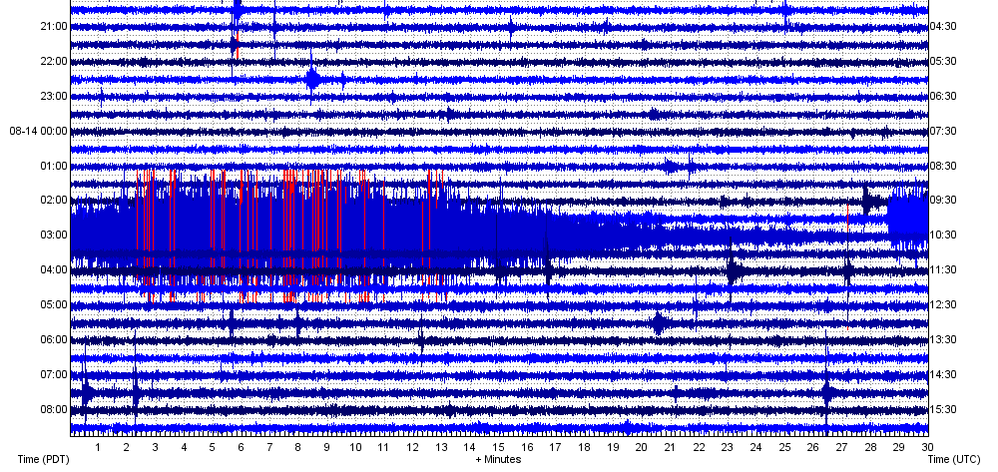
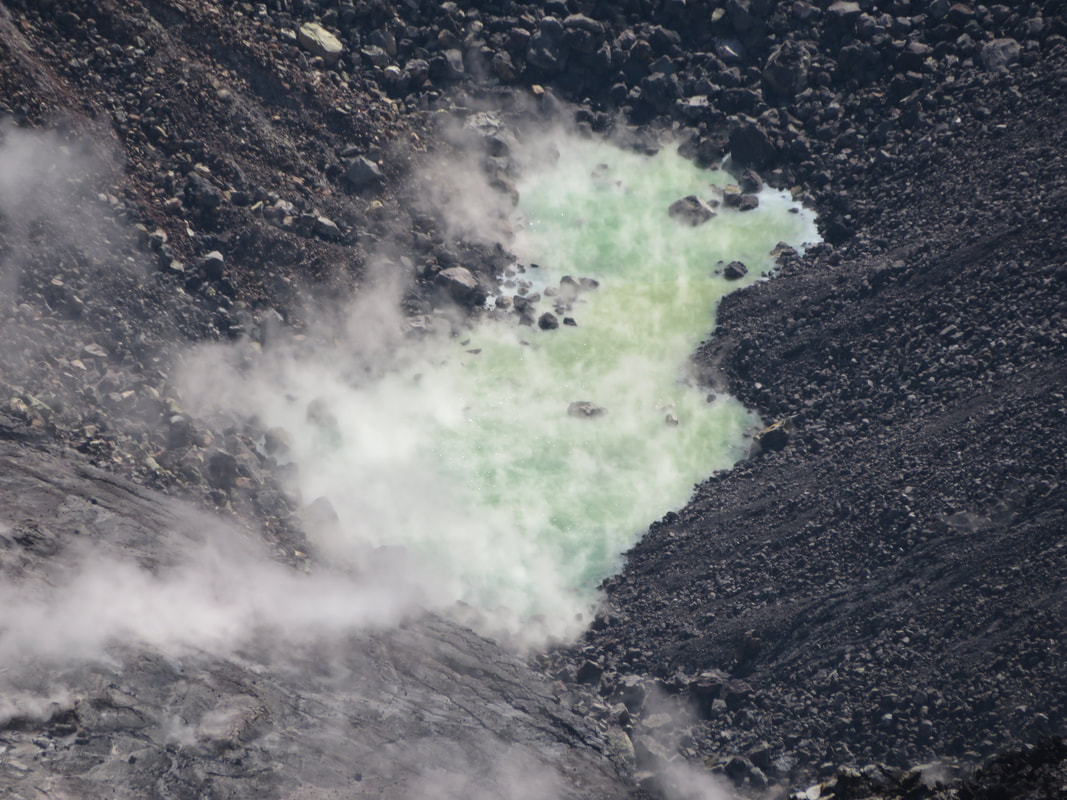
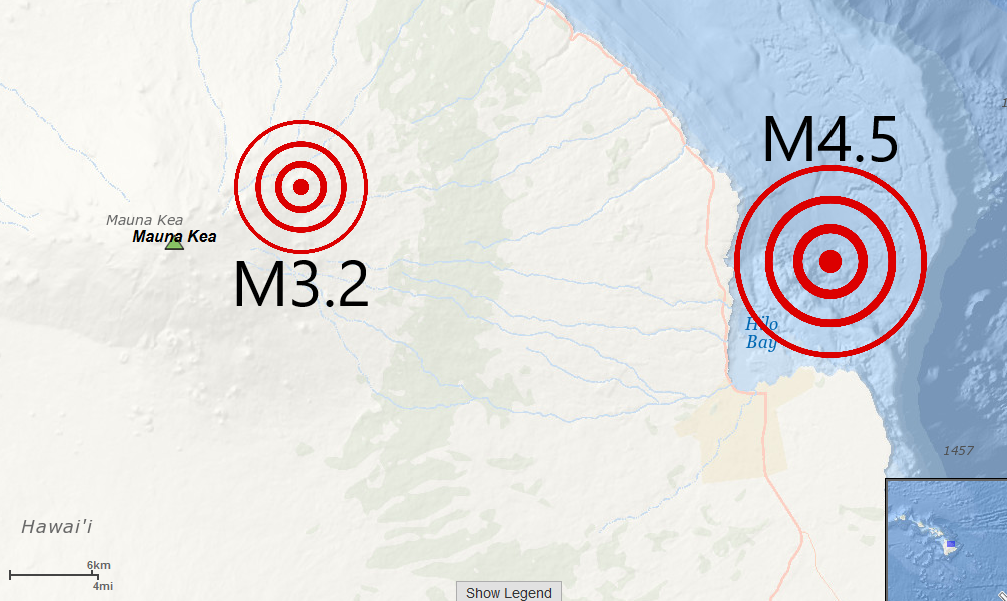

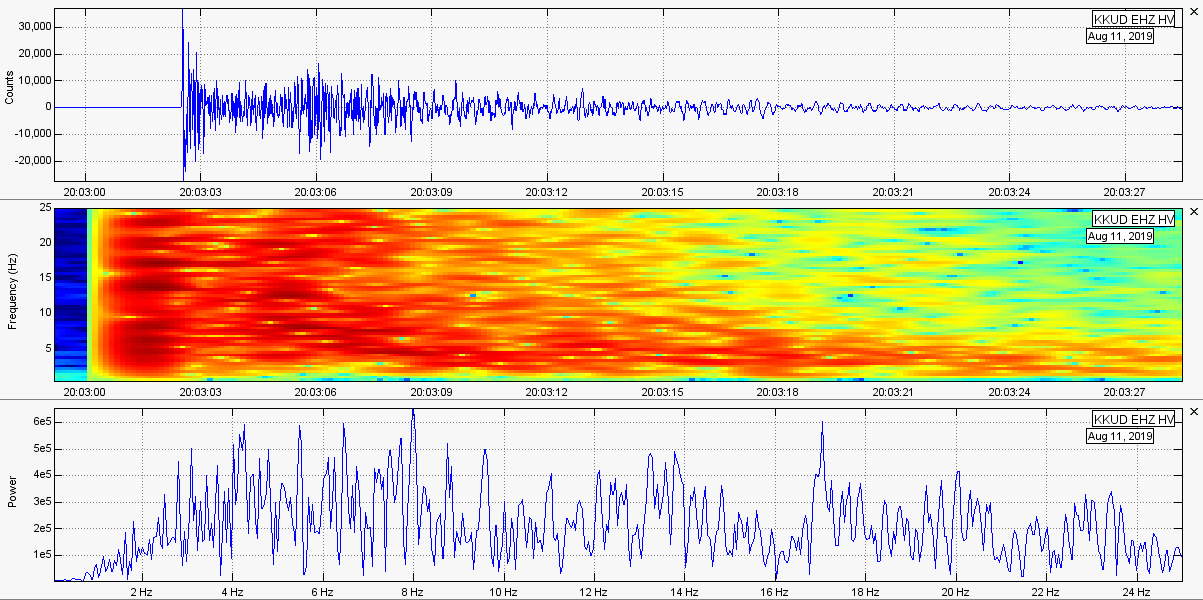
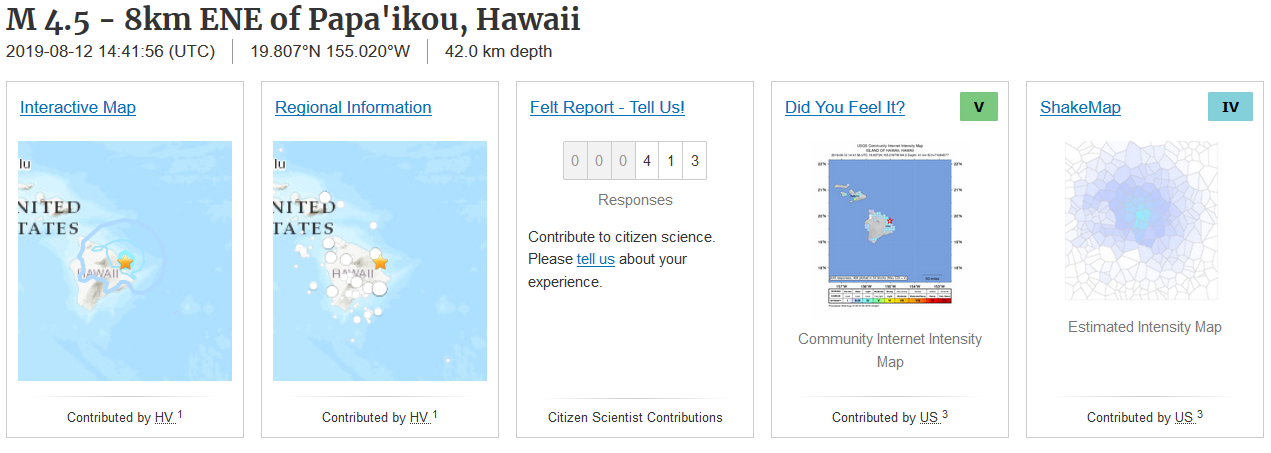
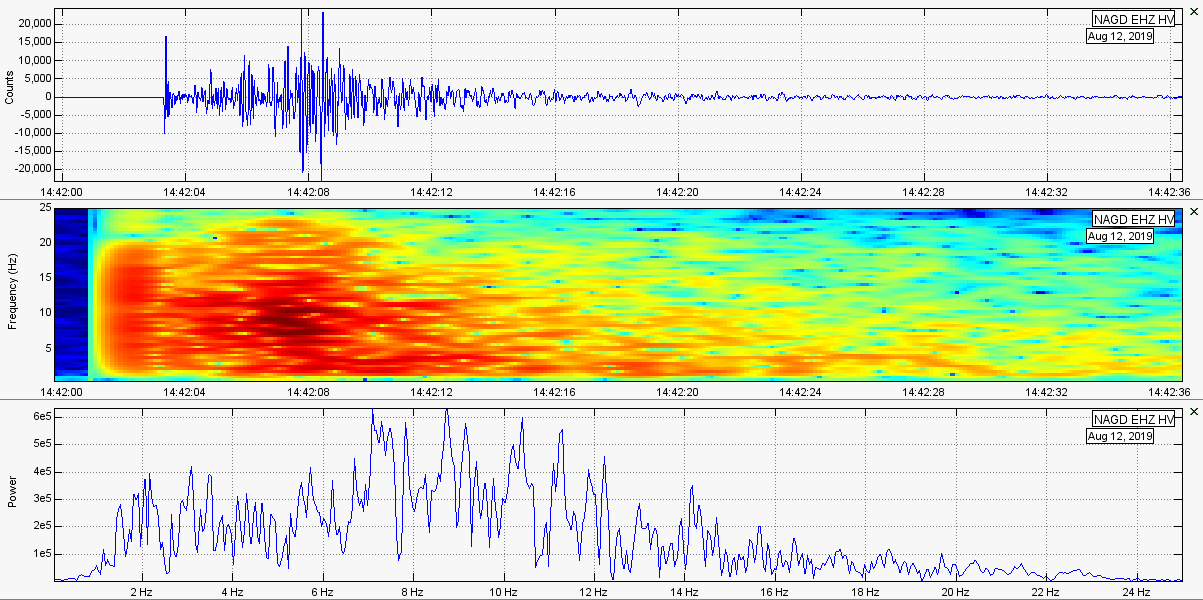
 RSS Feed
RSS Feed